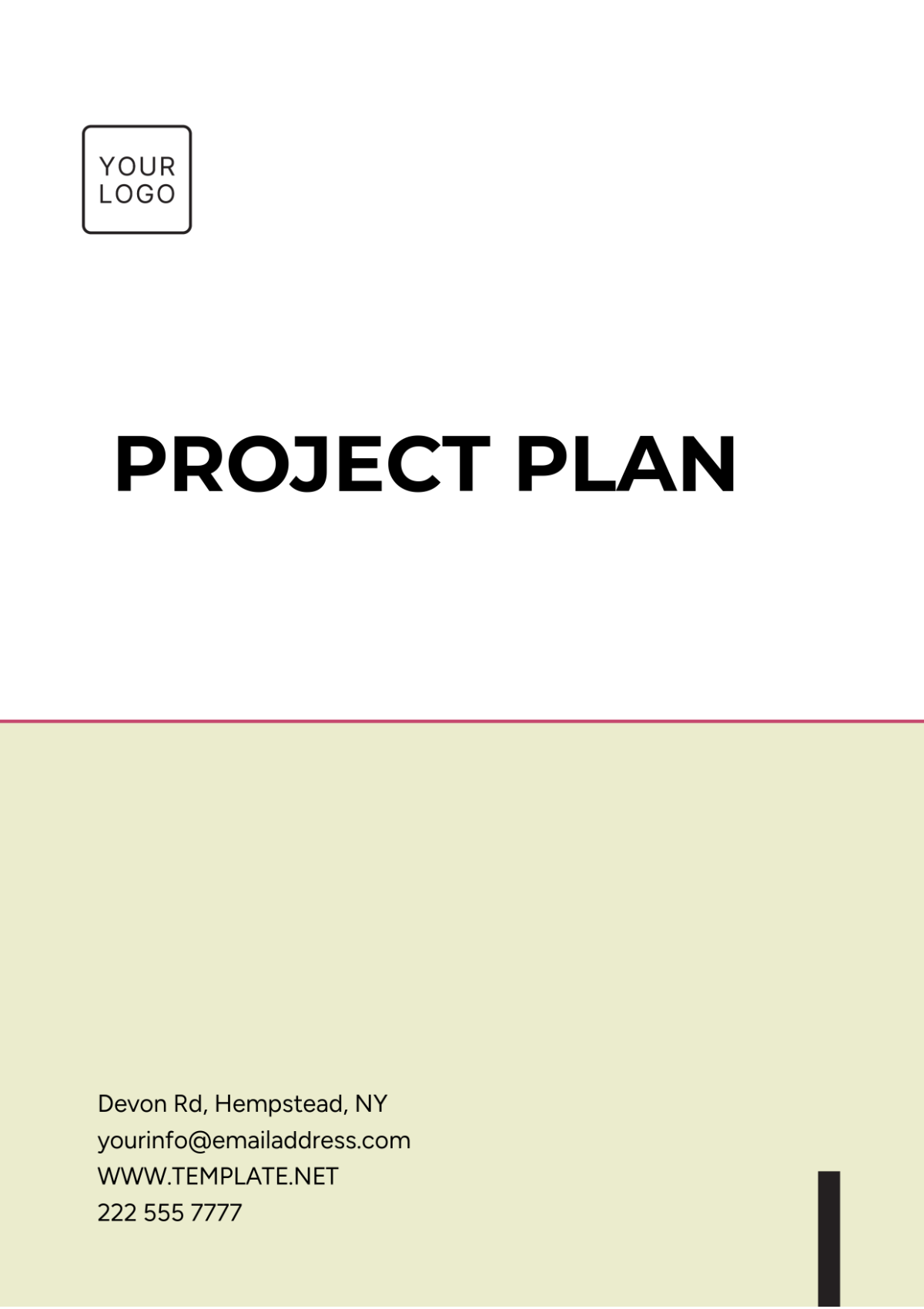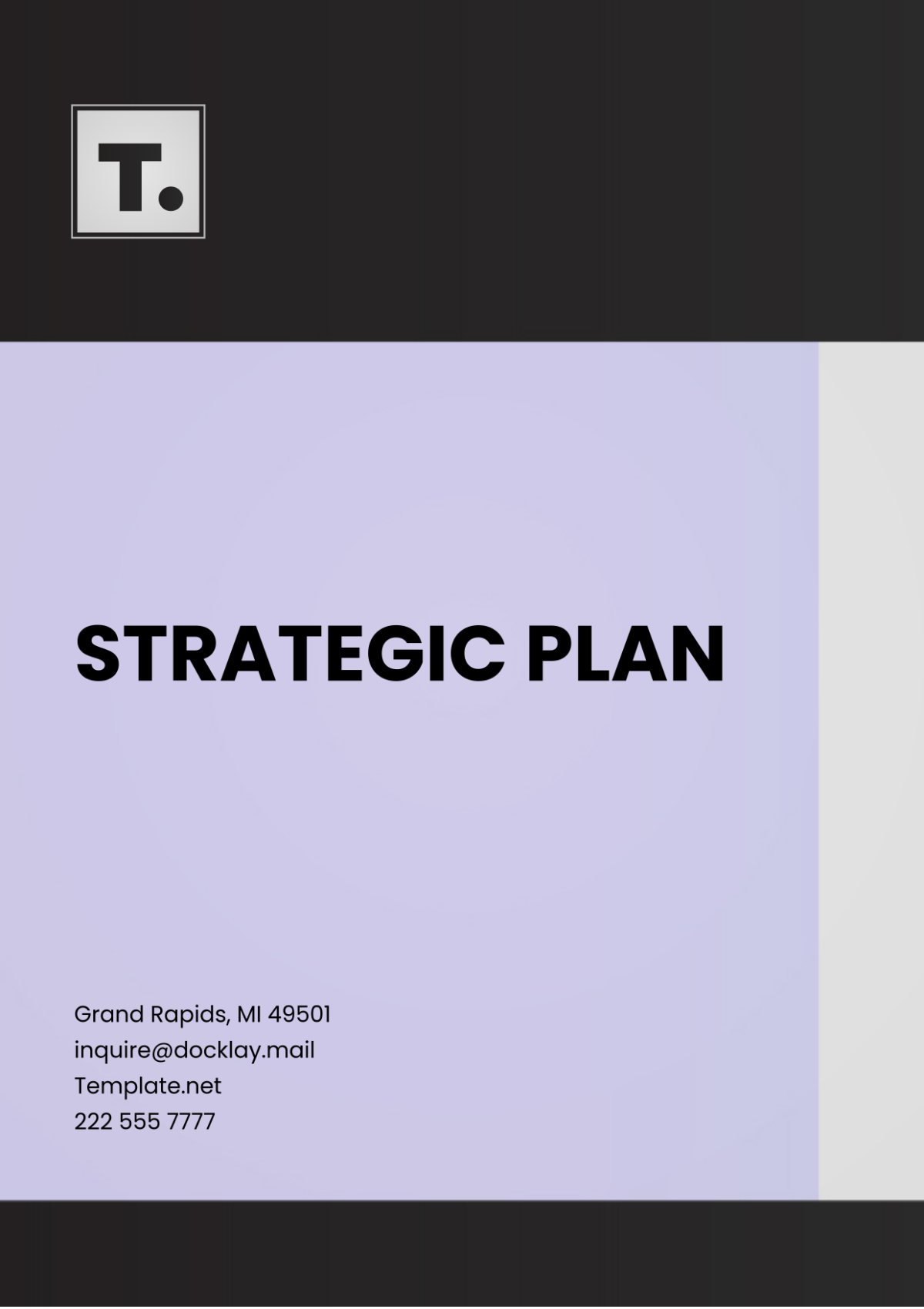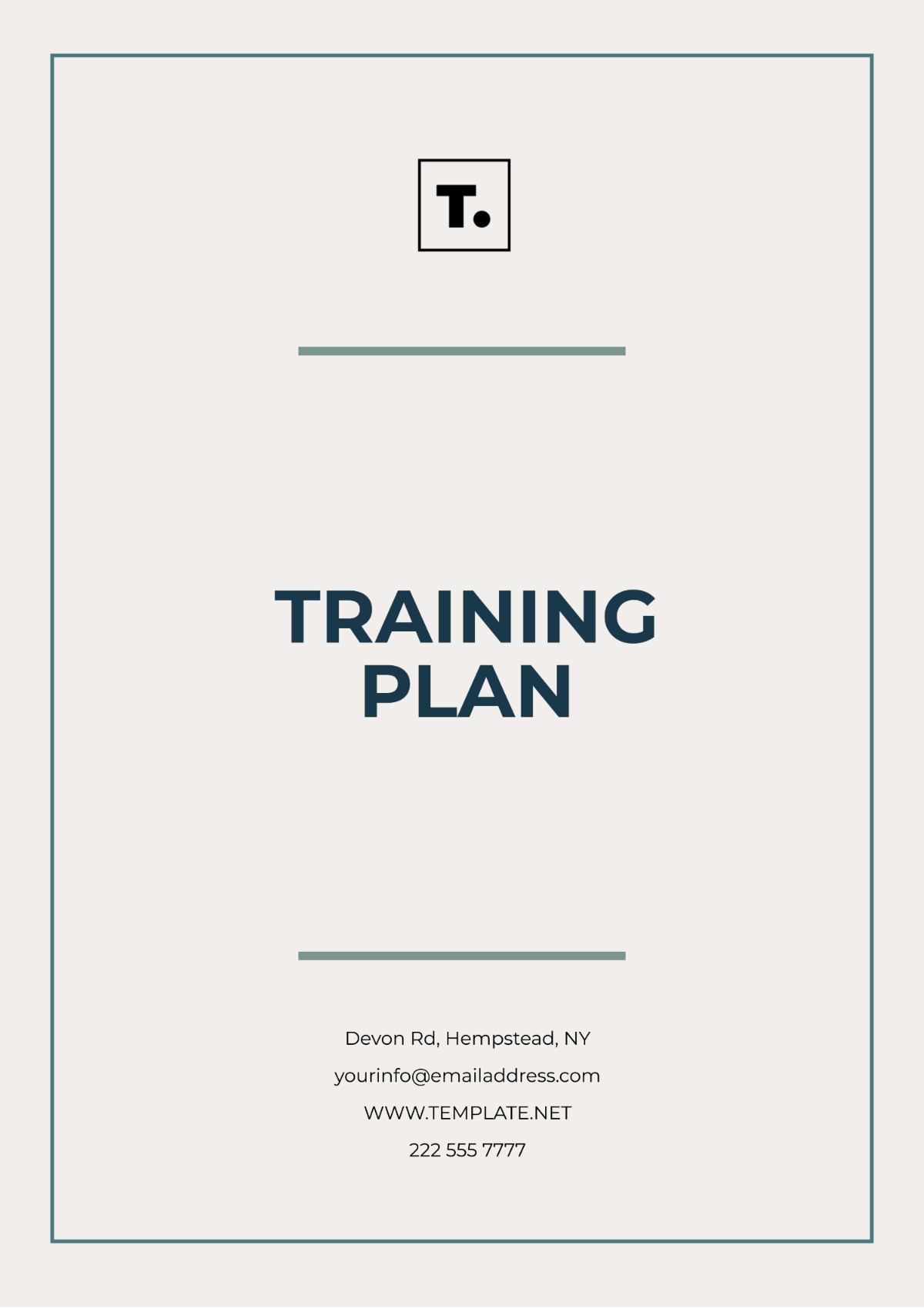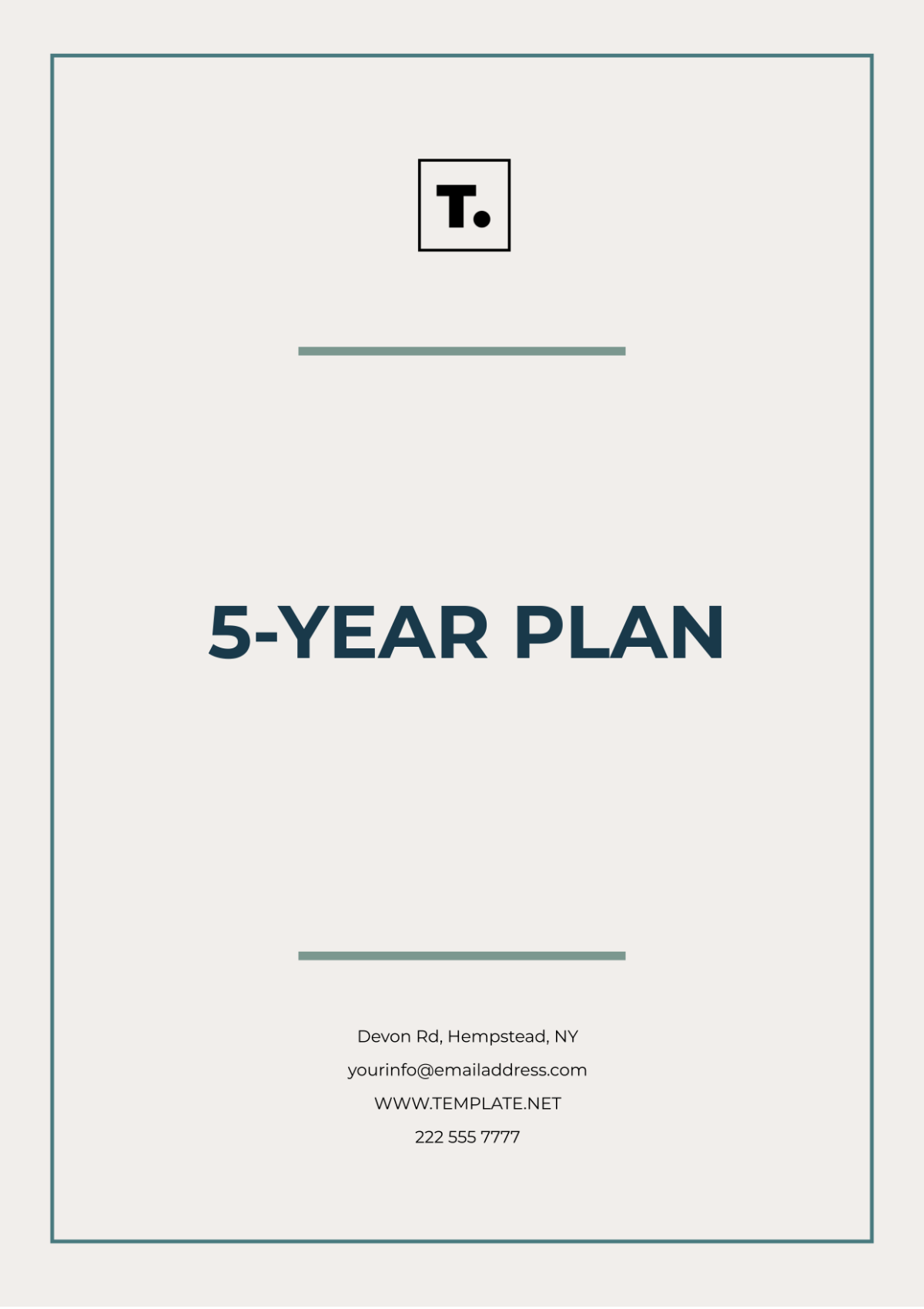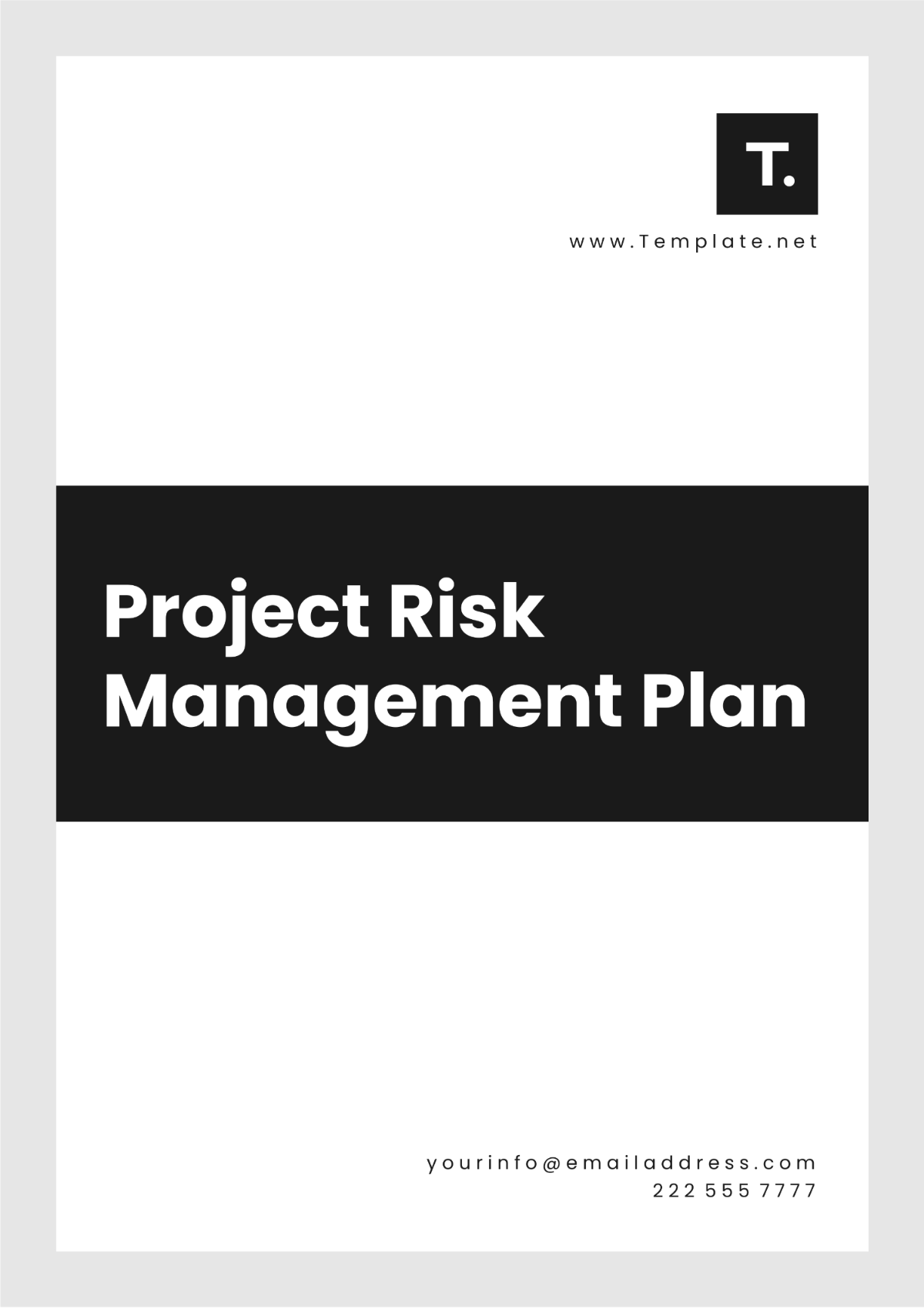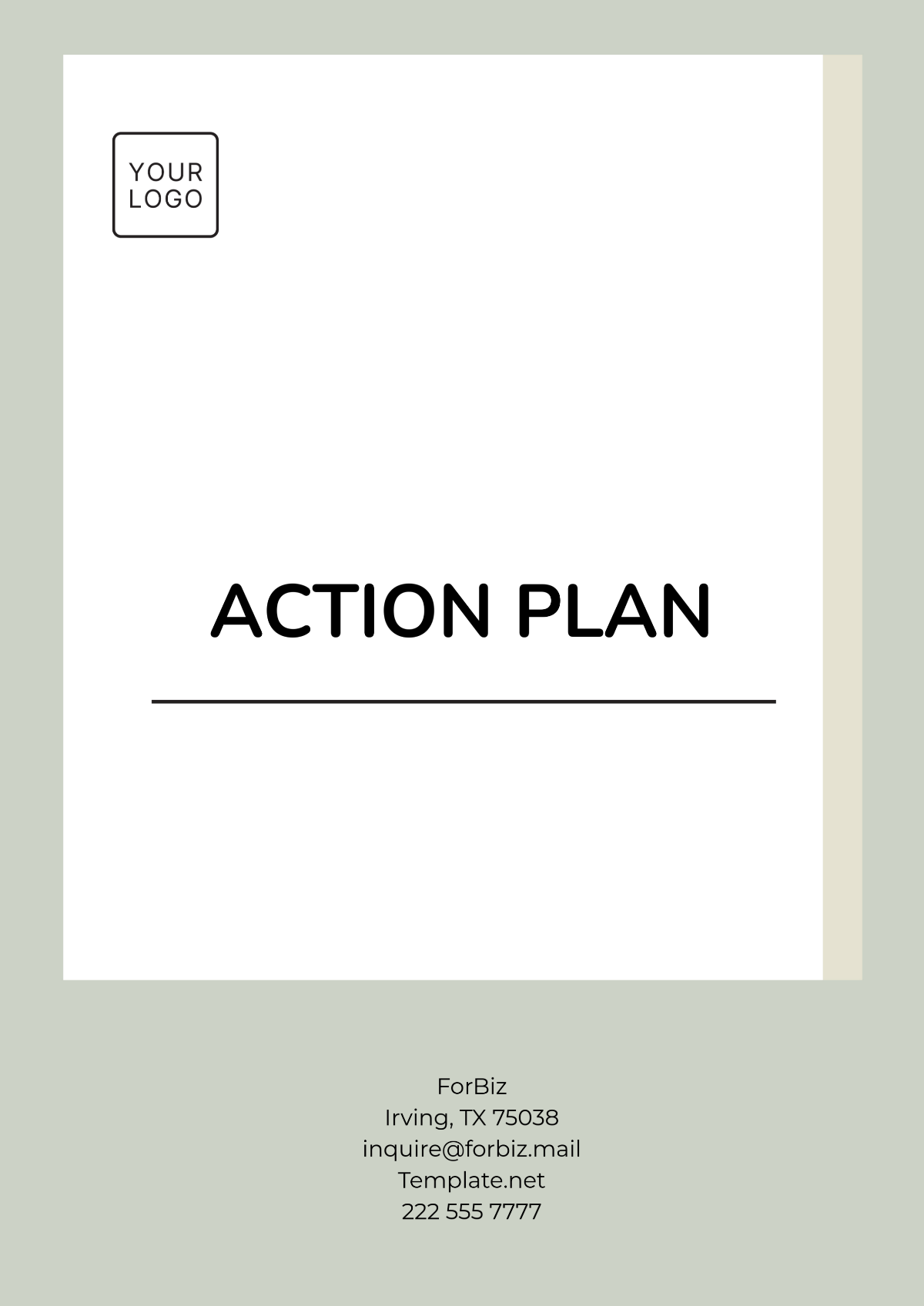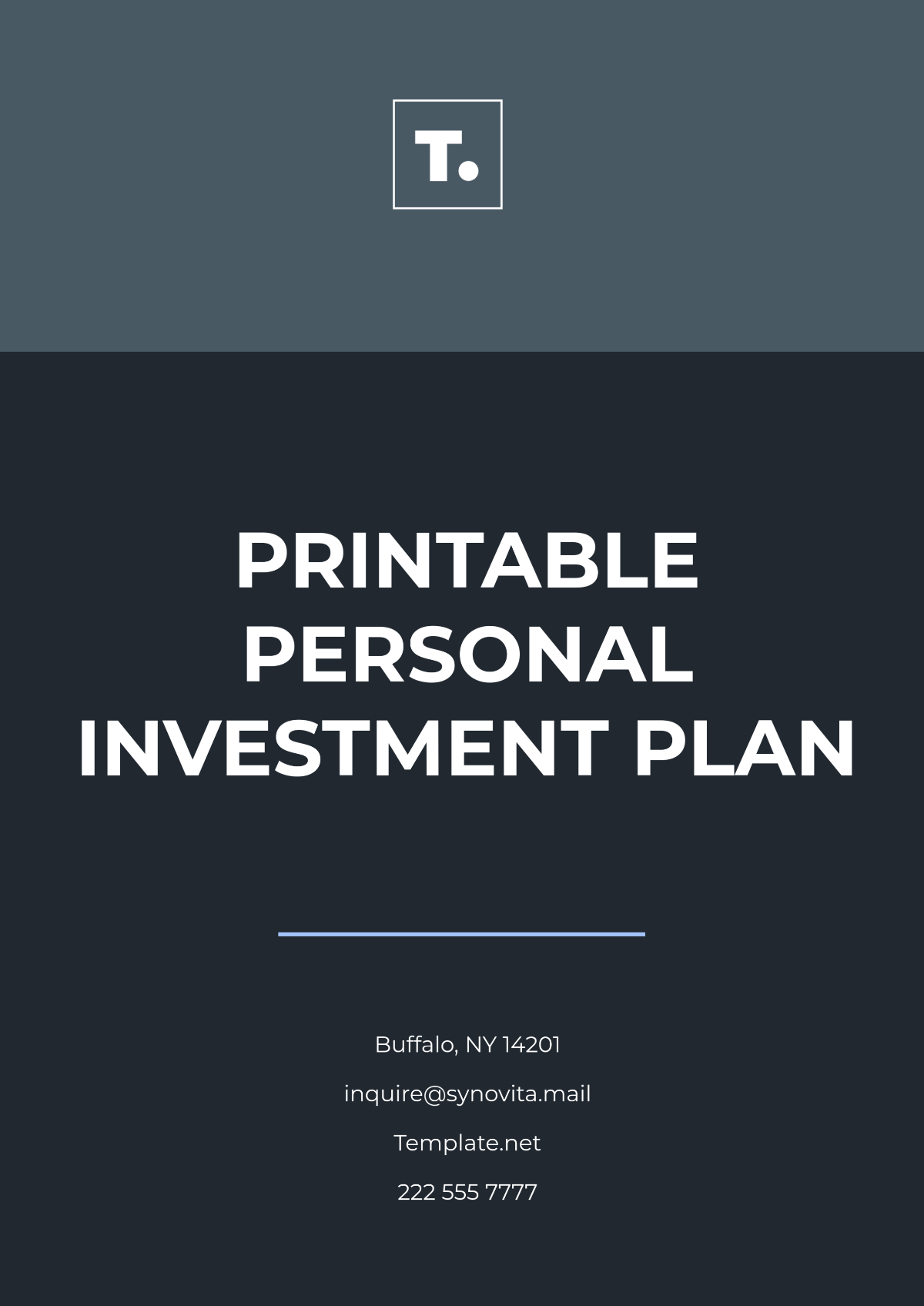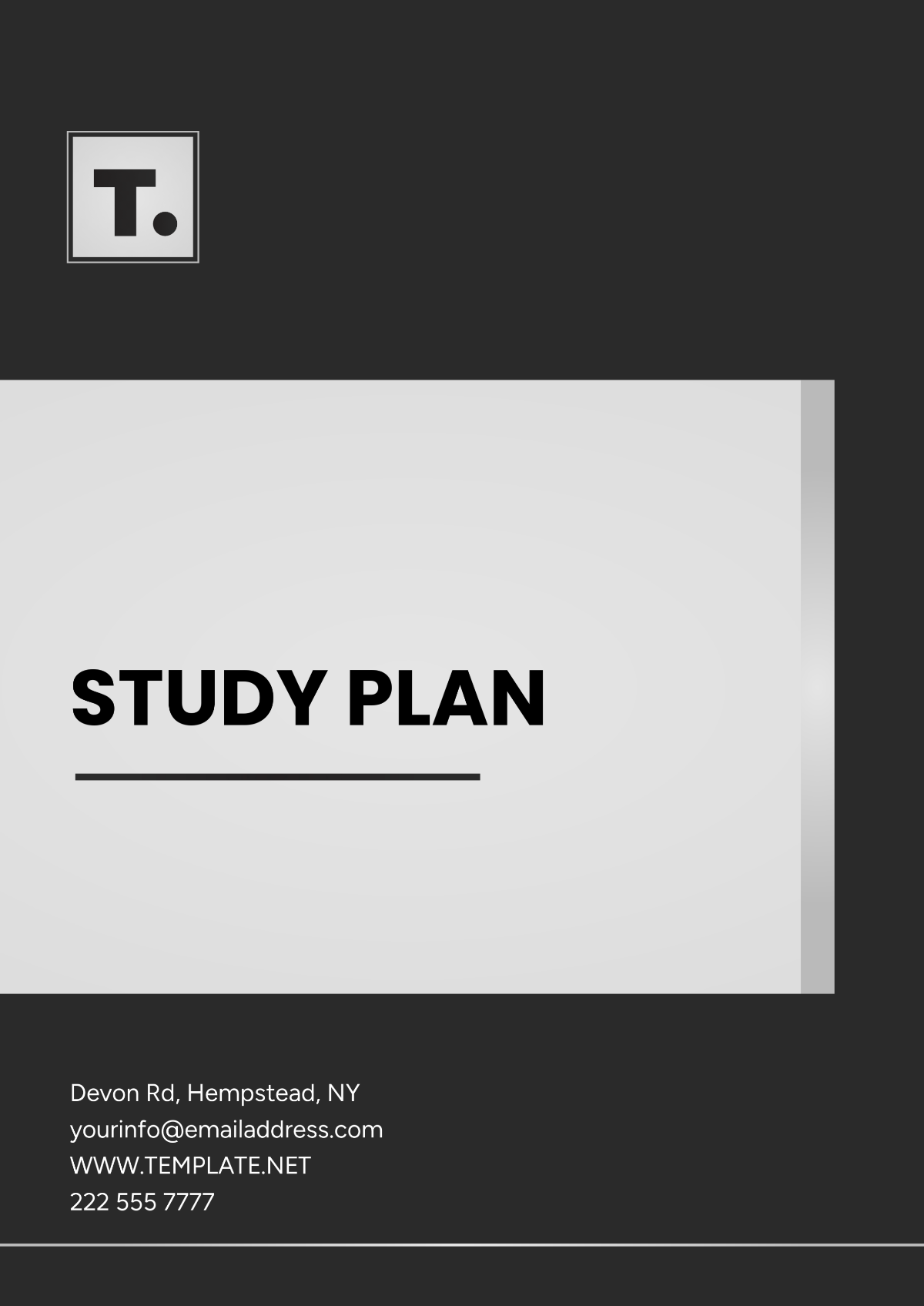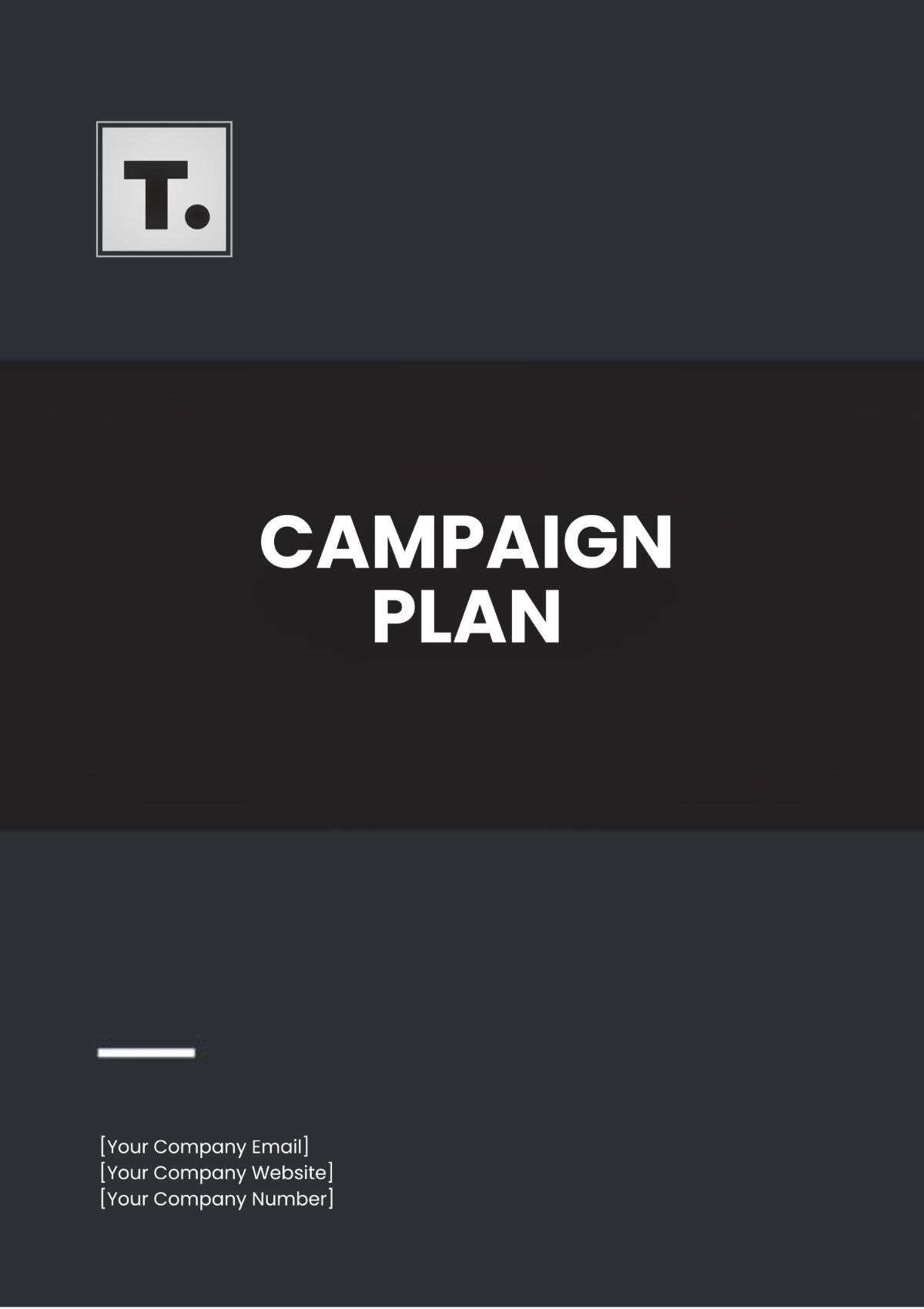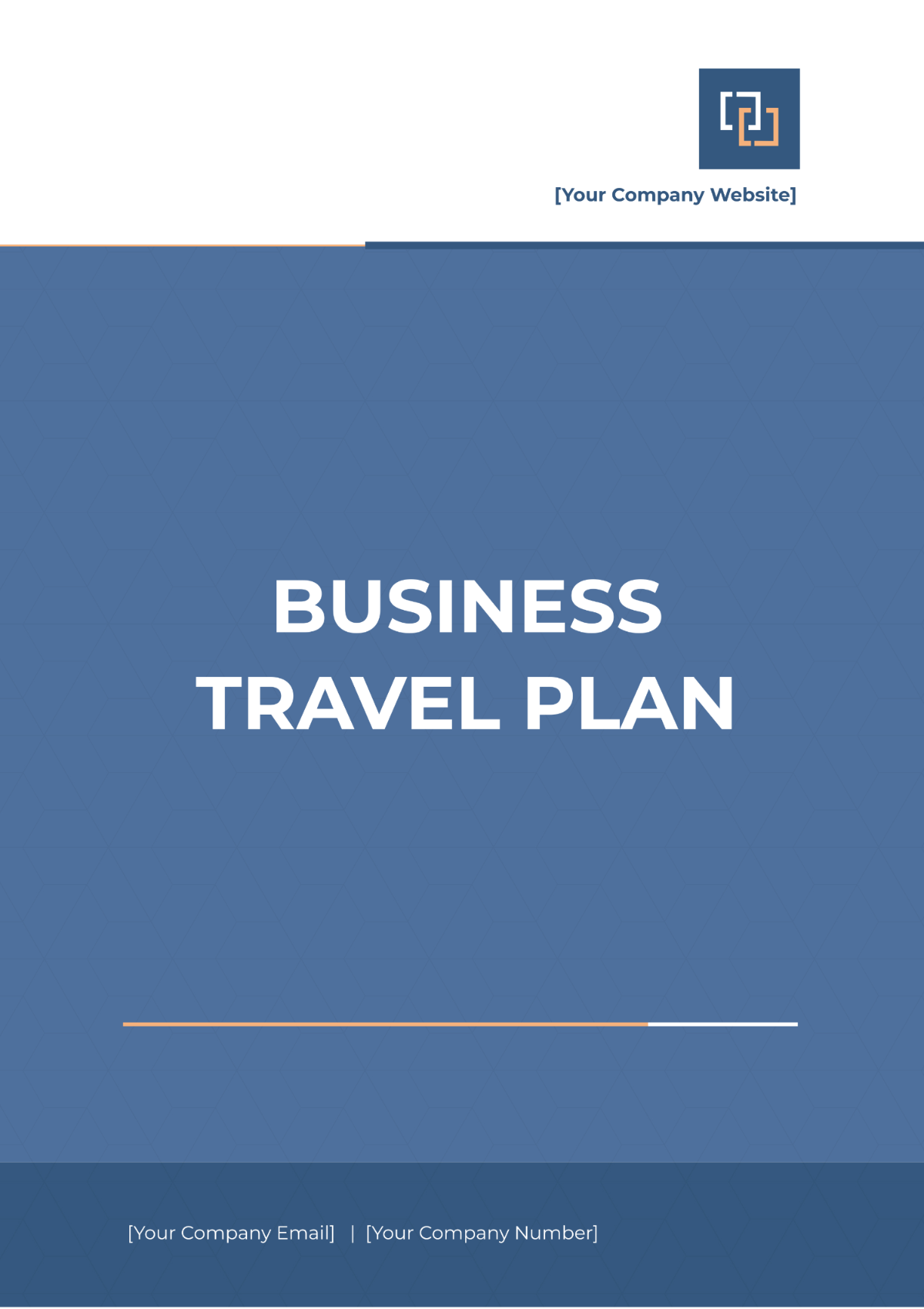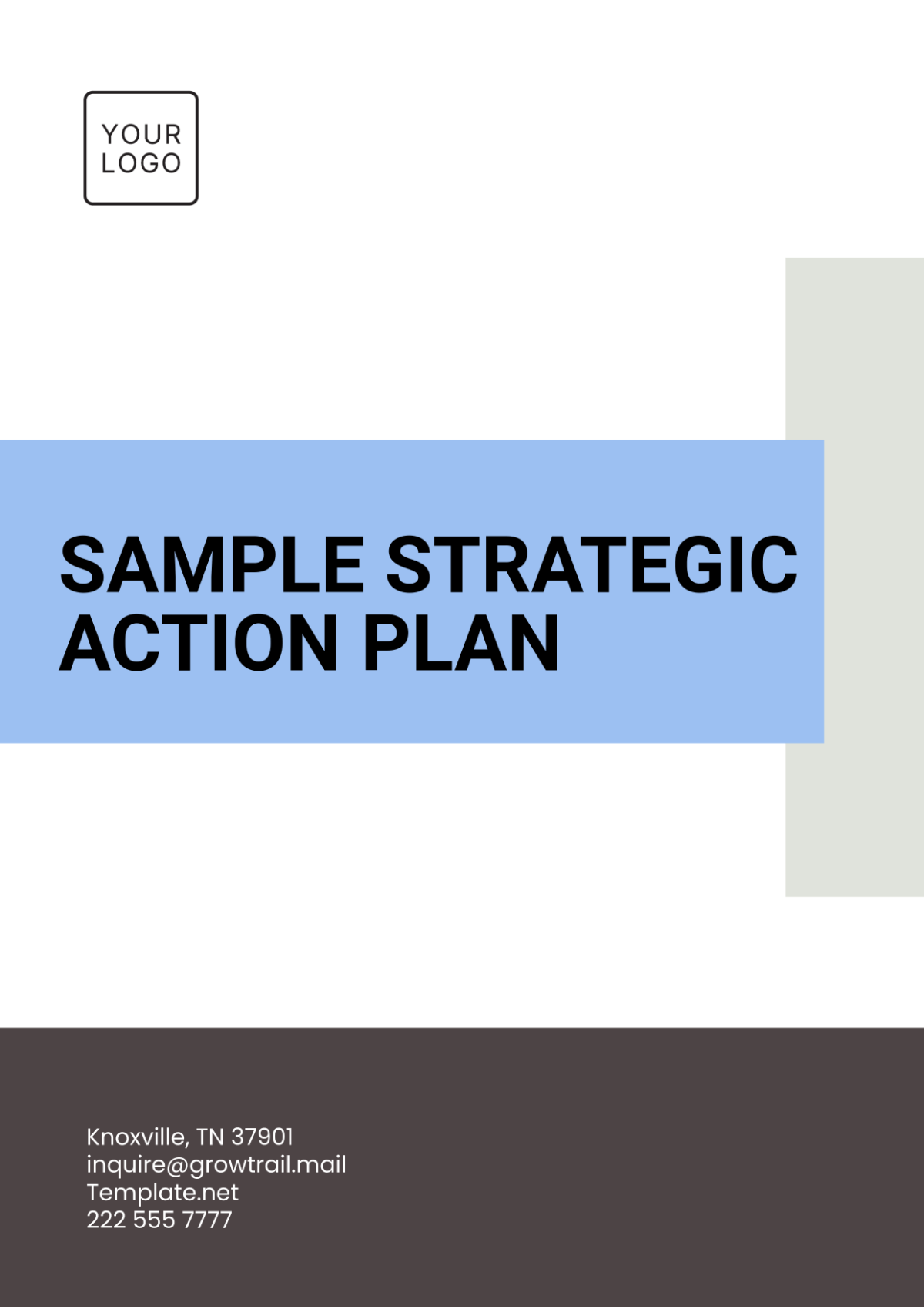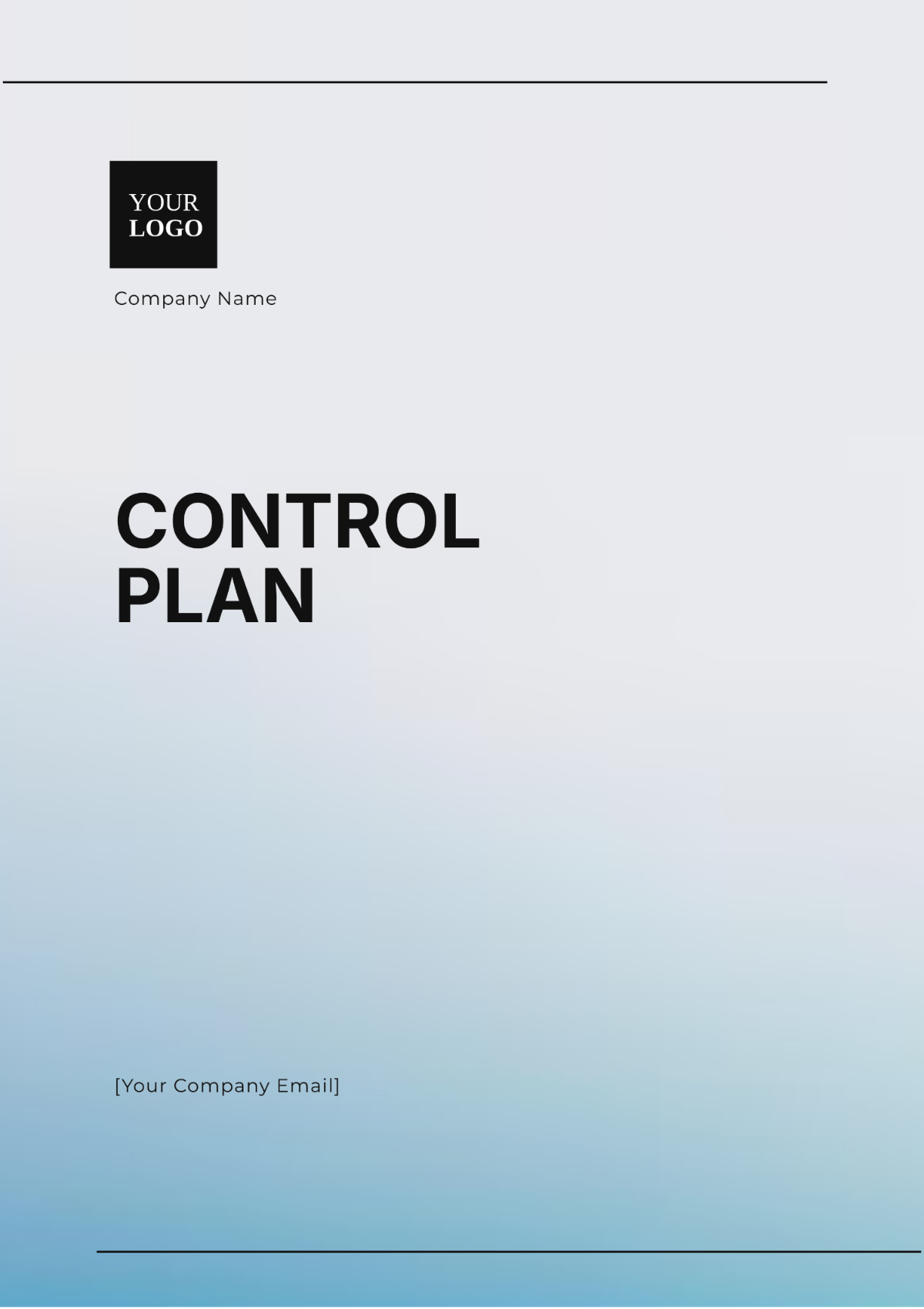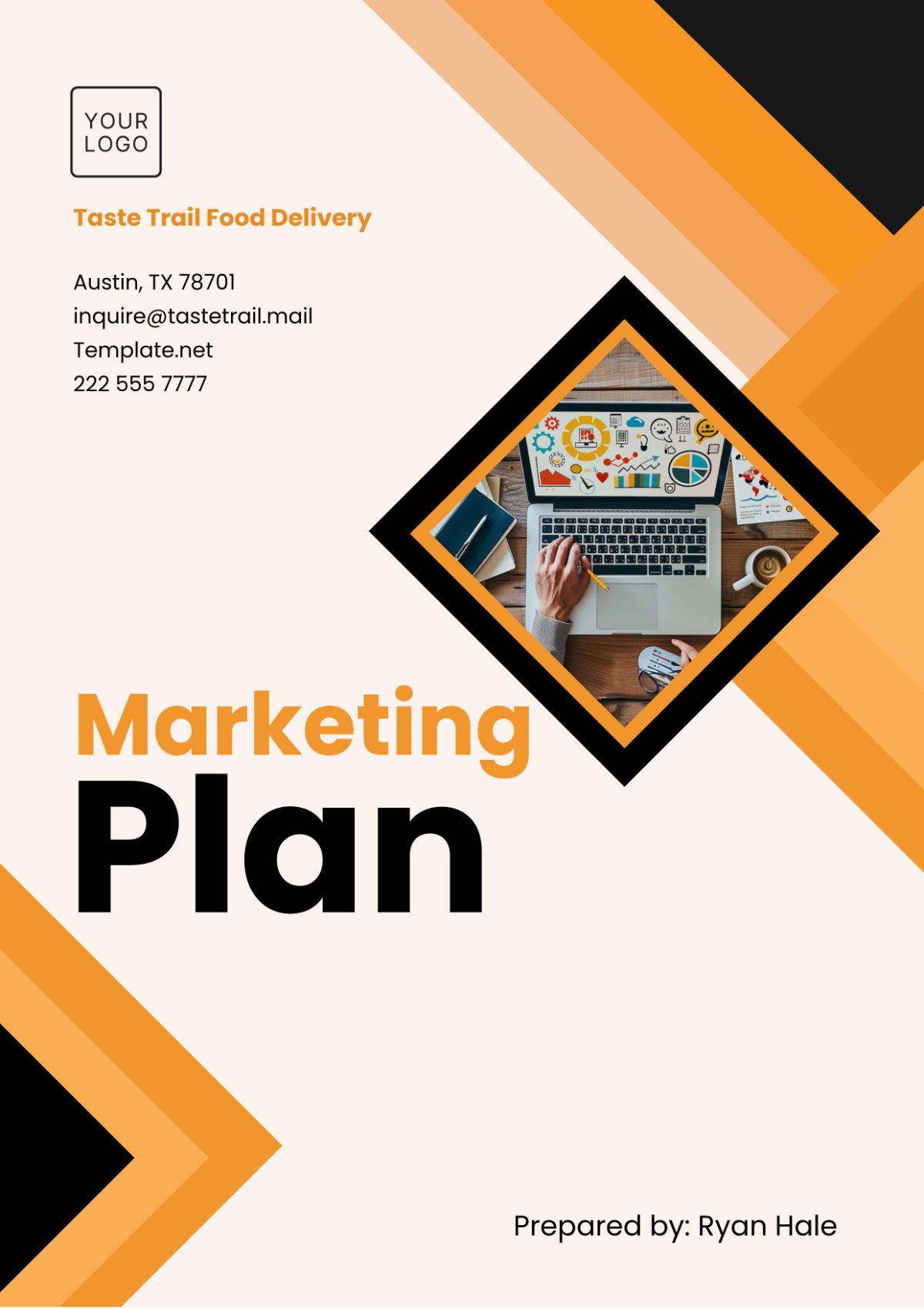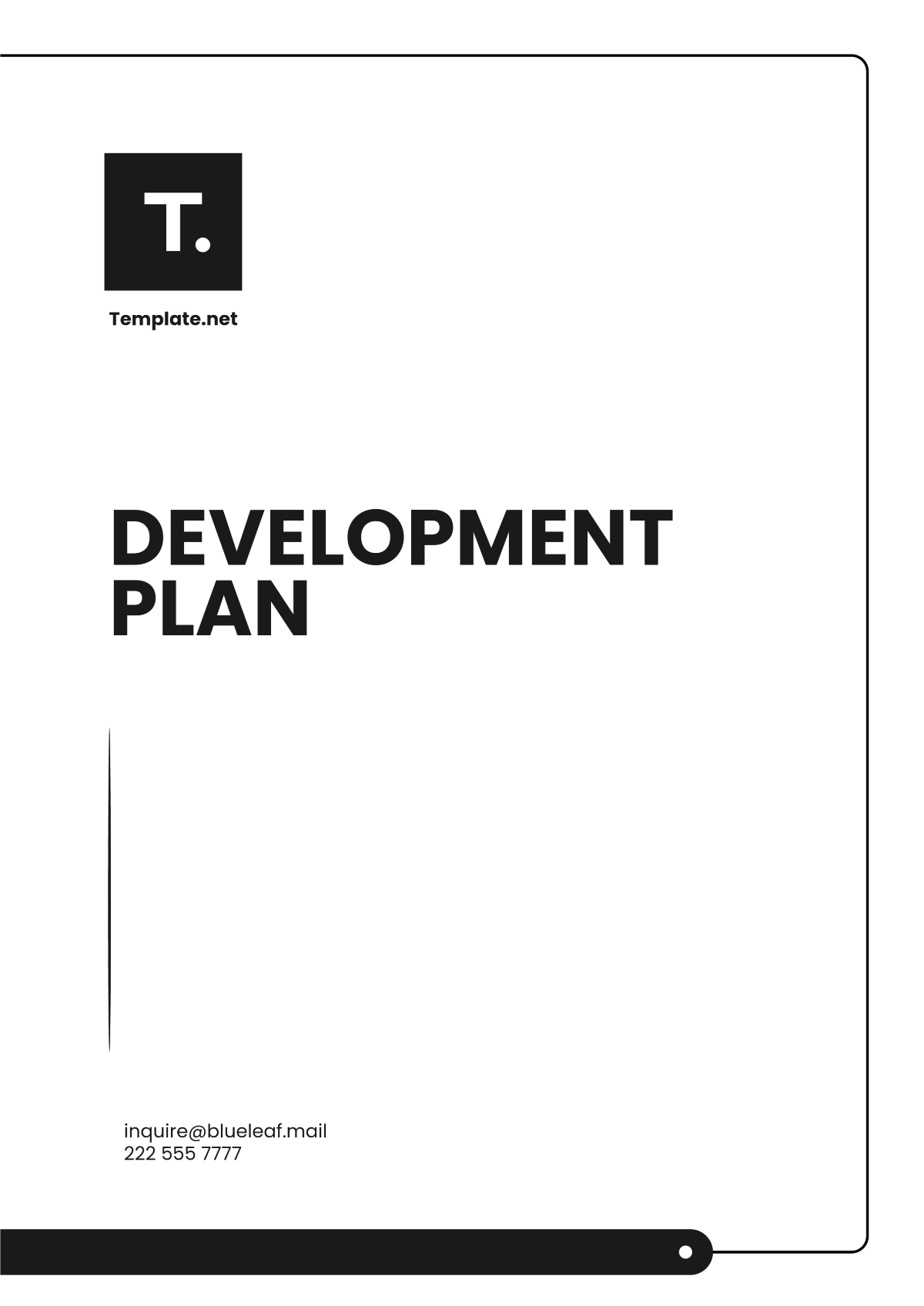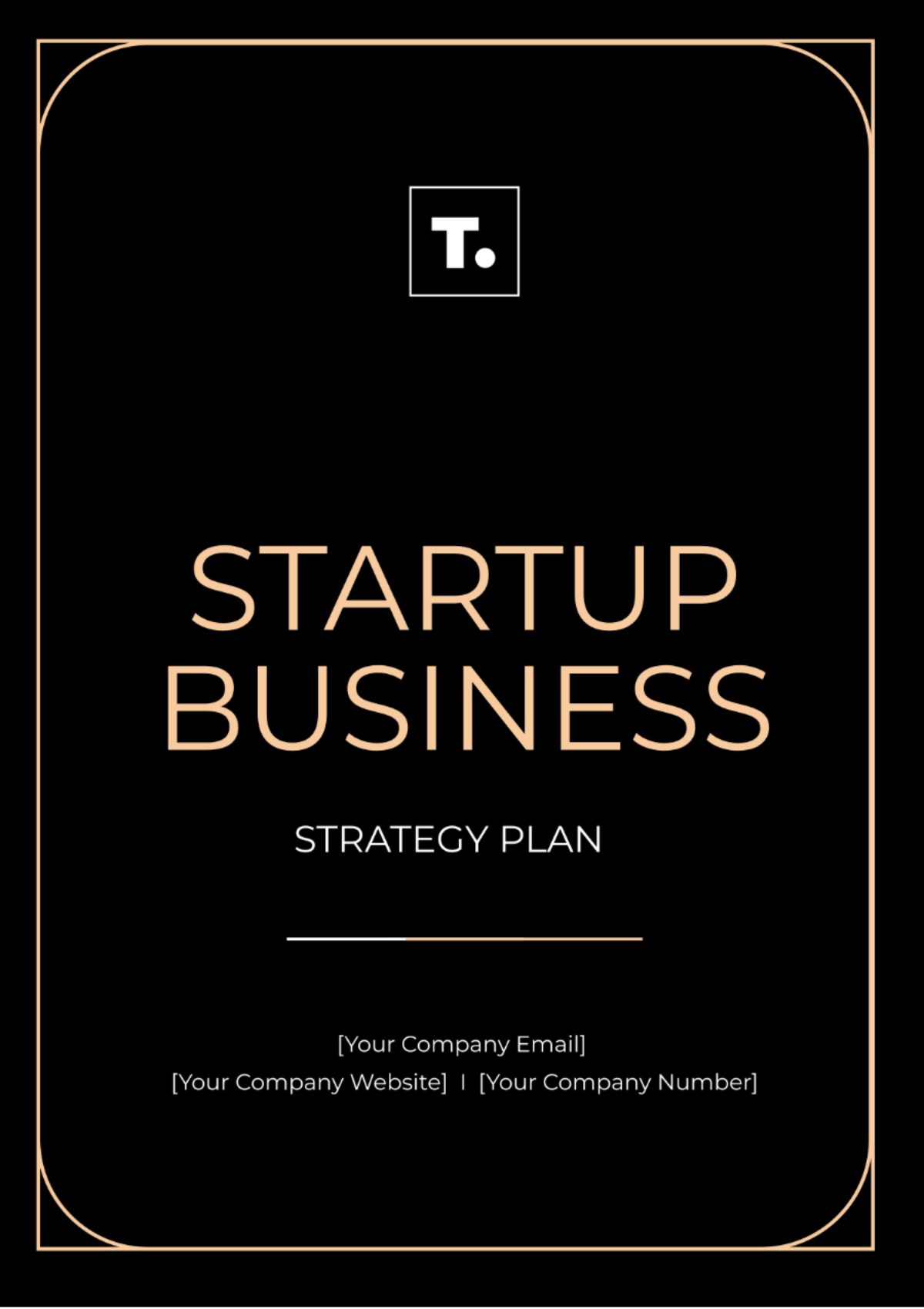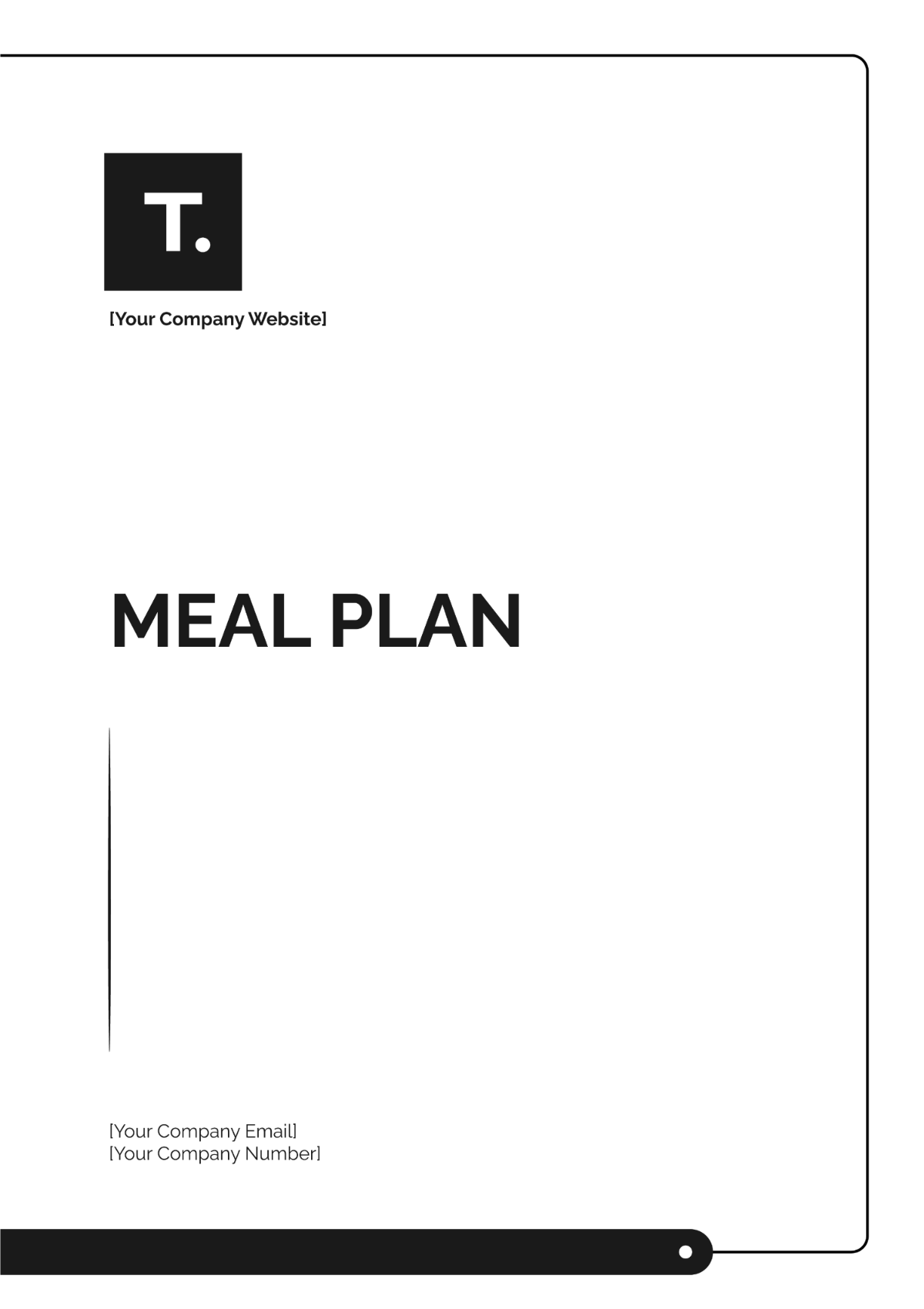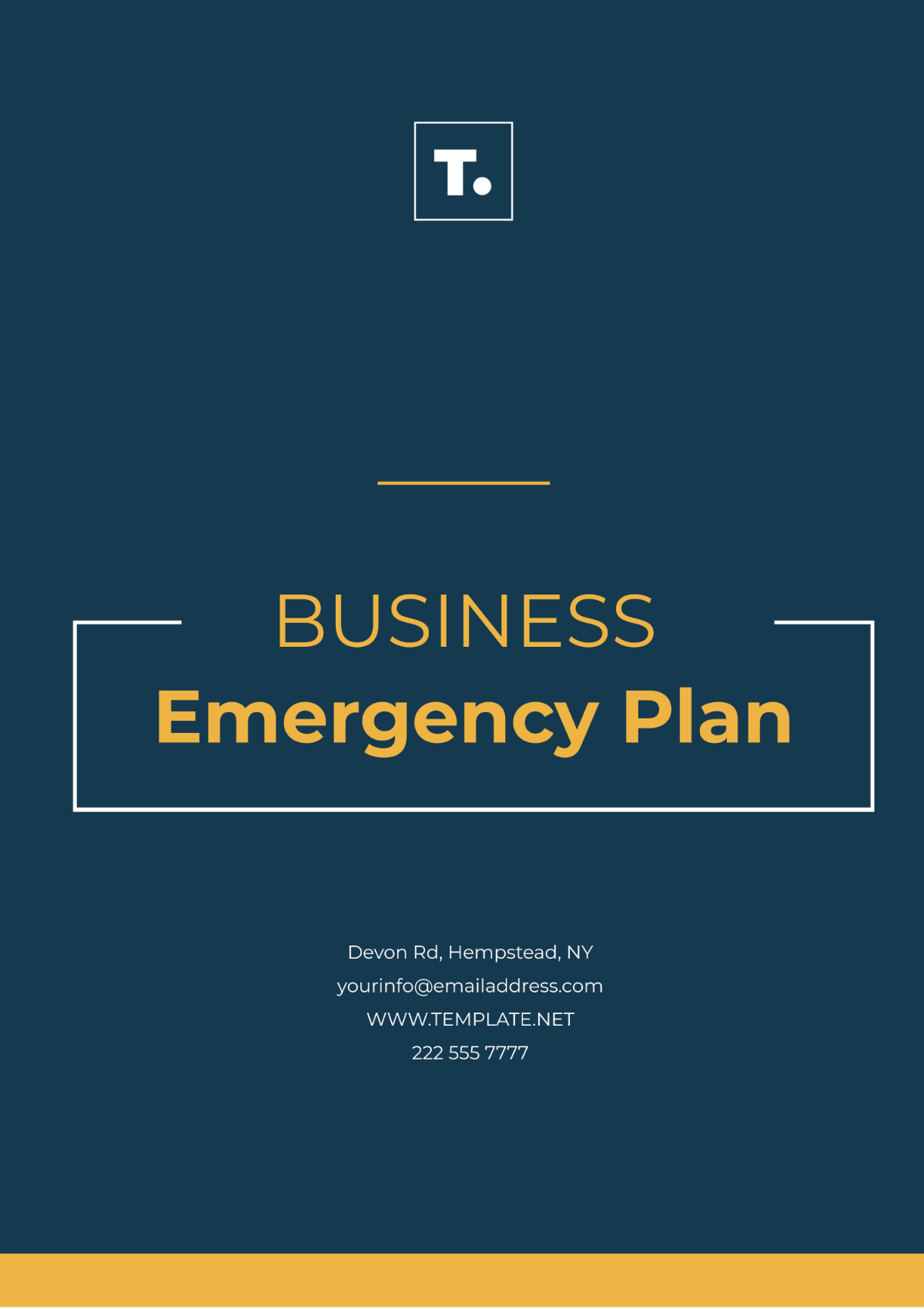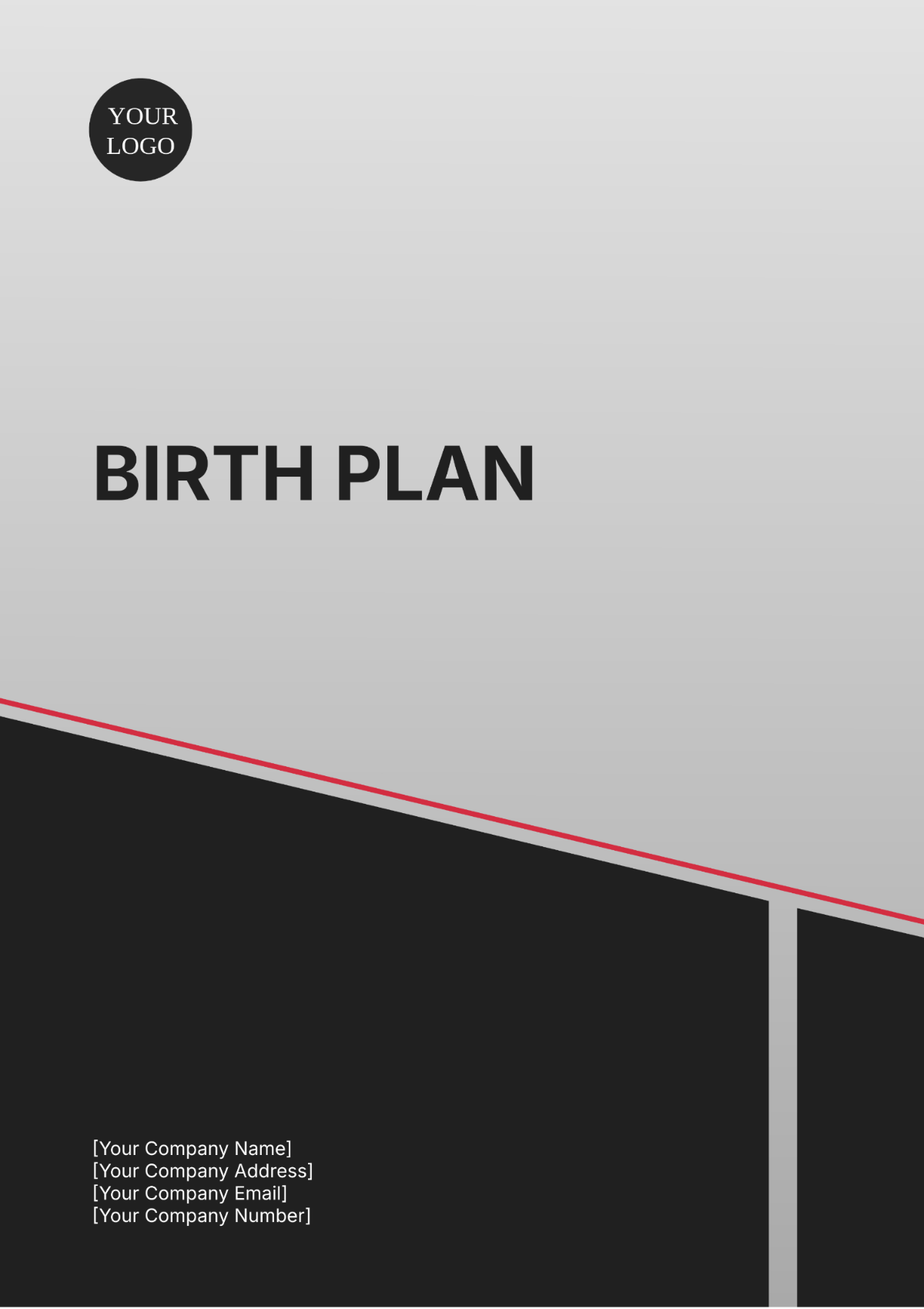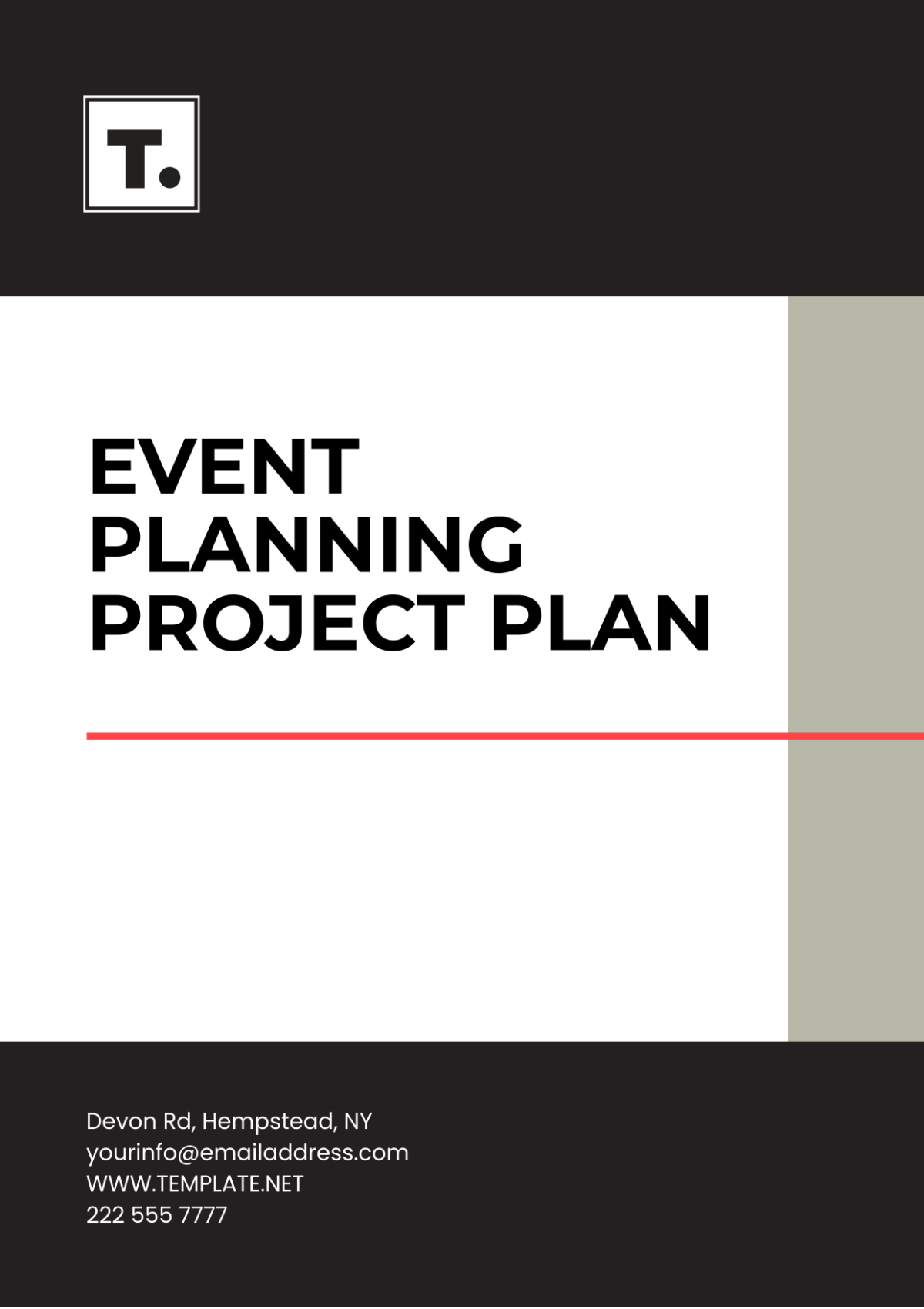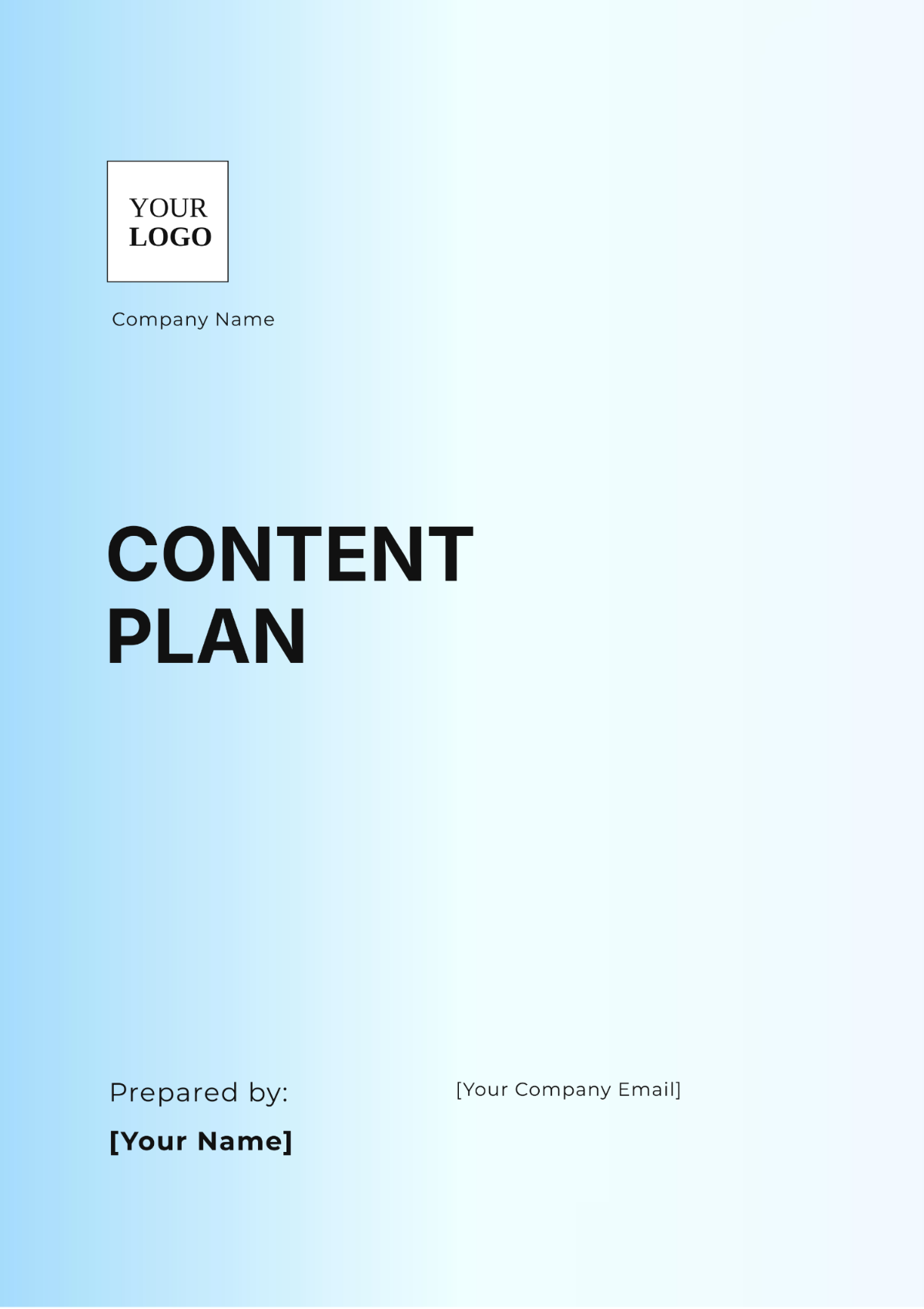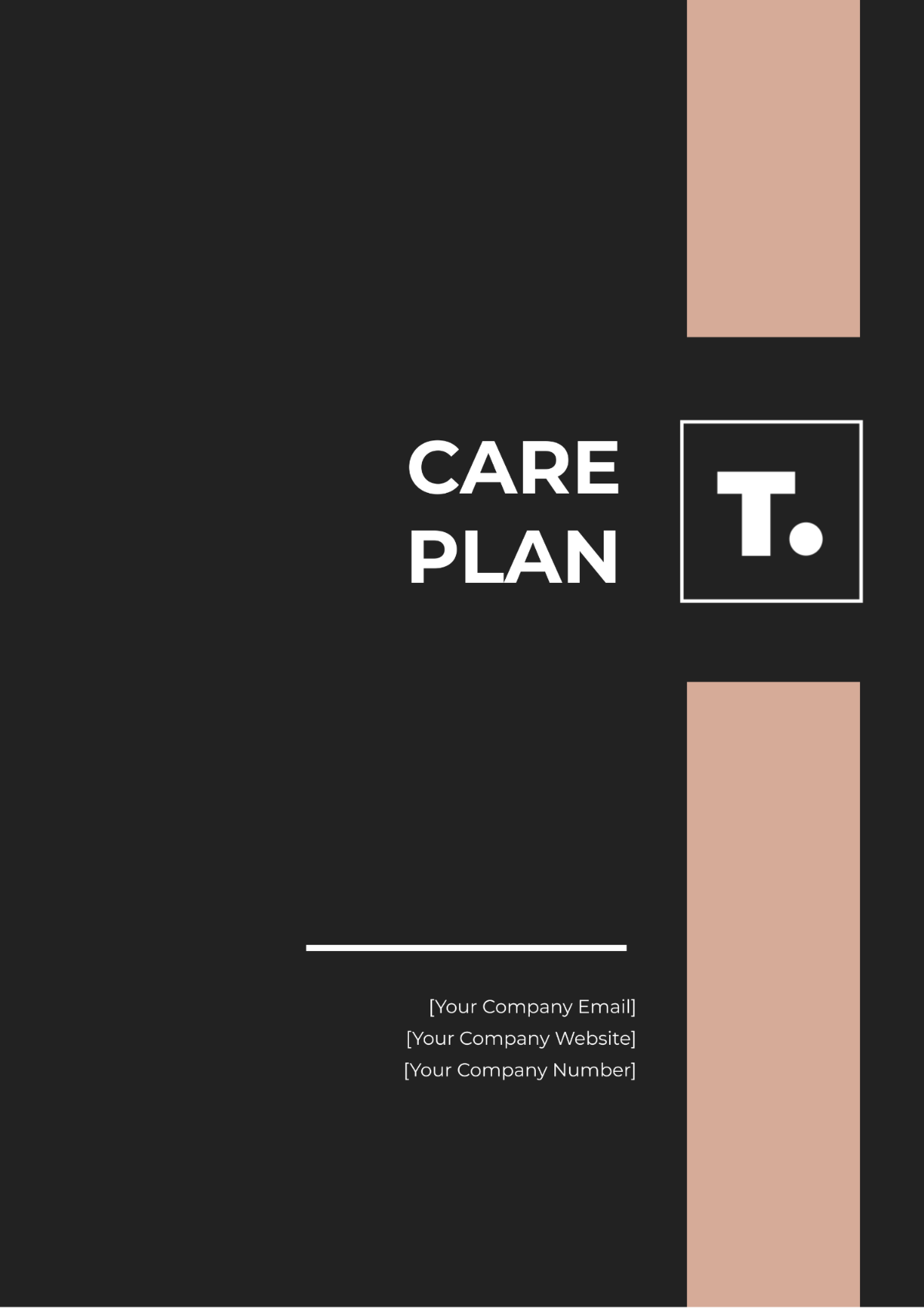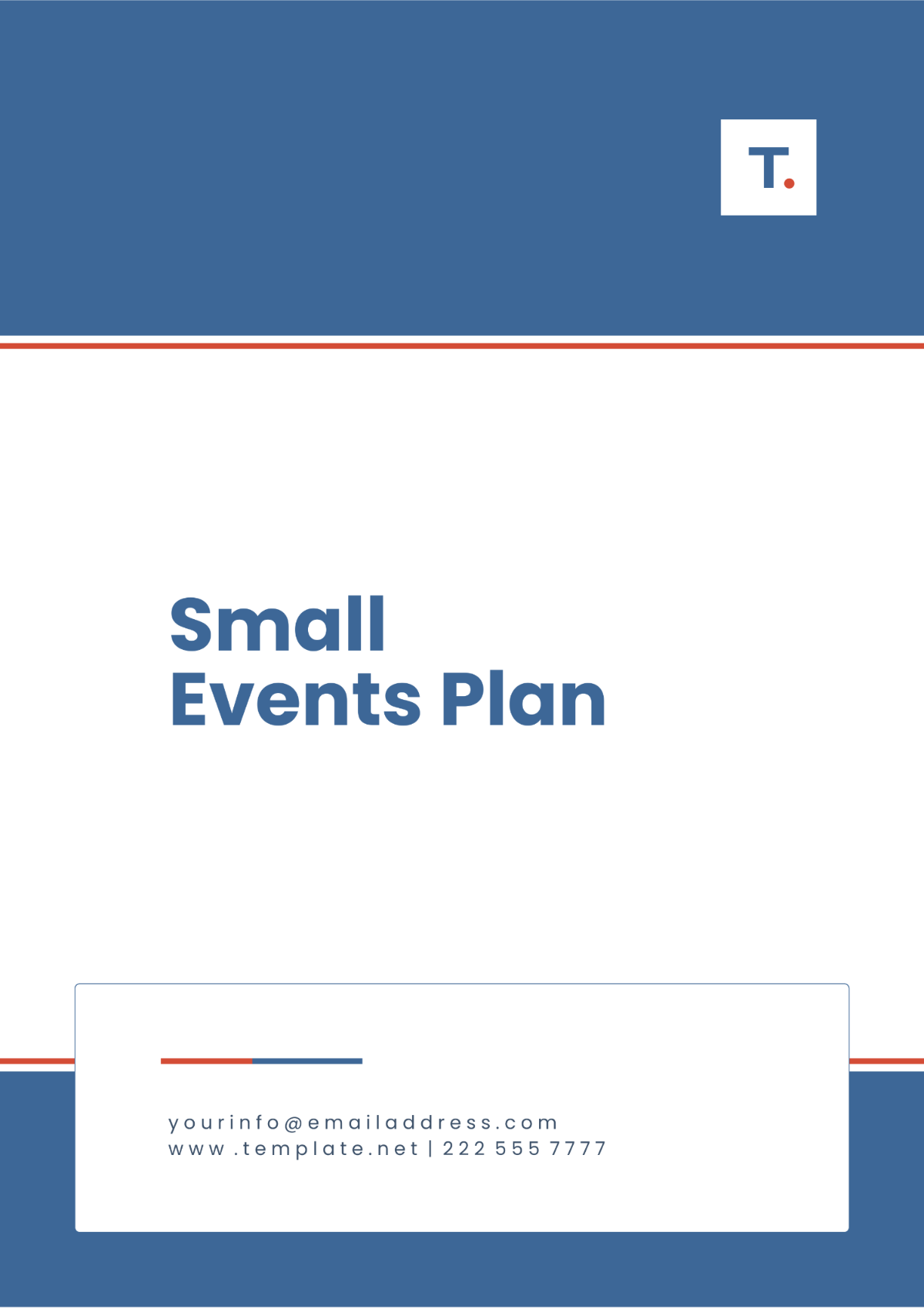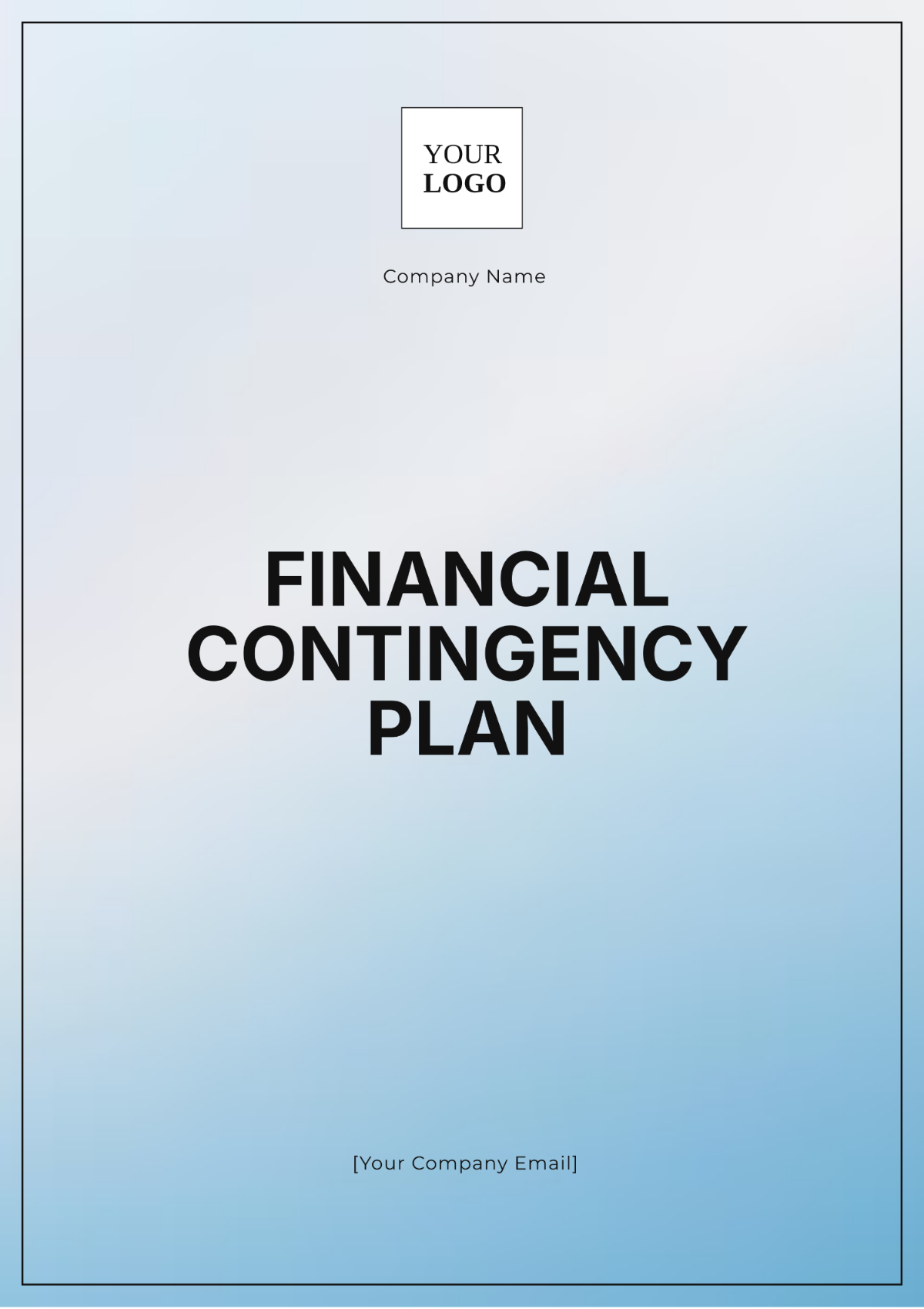Free Car Rental Reservation System Upgrade Plan
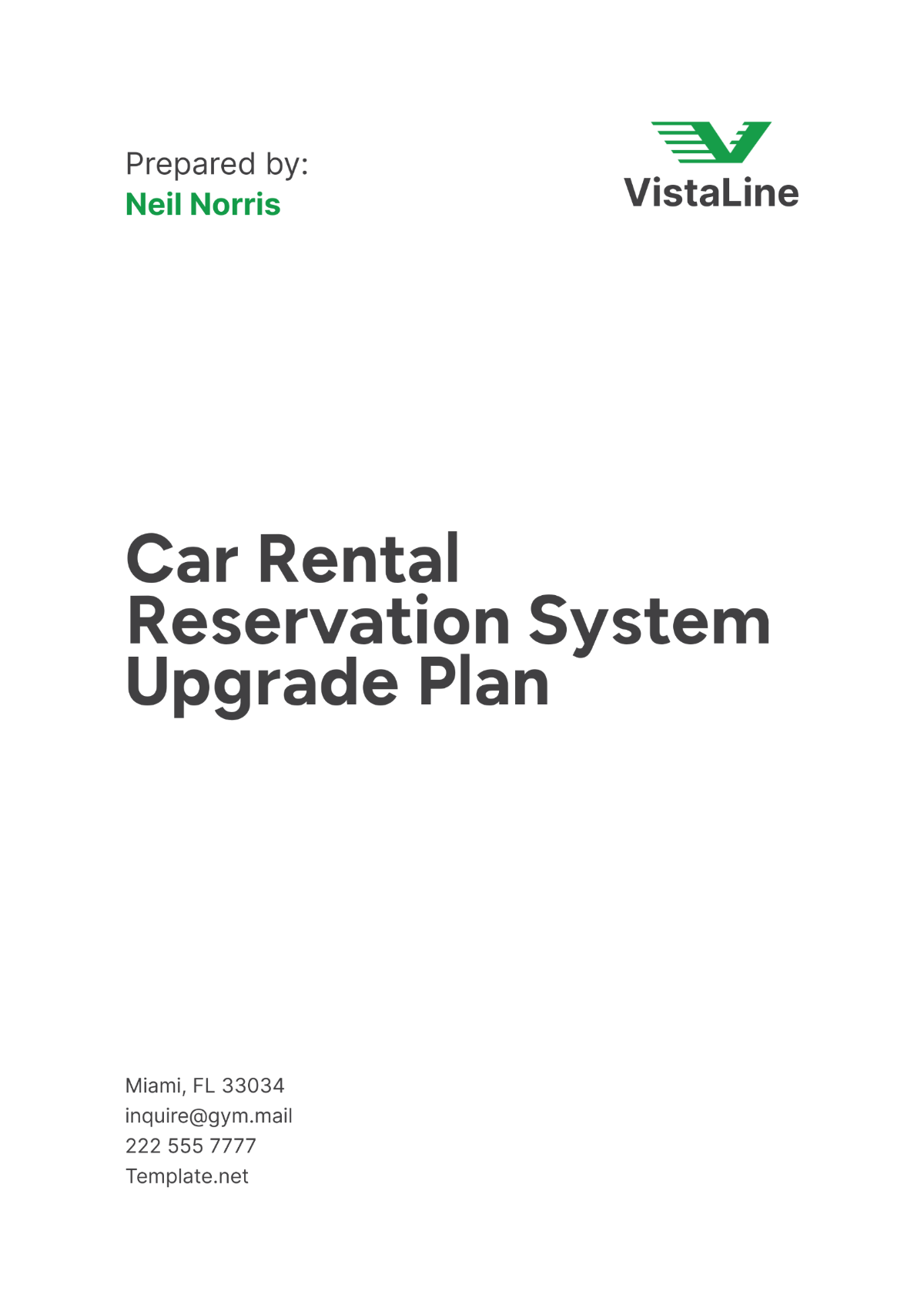
- 100% Customizable, free editor
- Access 1 Million+ Templates, photo’s & graphics
- Download or share as a template
- Click and replace photos, graphics, text, backgrounds
- Resize, crop, AI write & more
- Access advanced editor
Enhance your operations with the Car Rental Reservation System Upgrade Plan Template from Template.net. This editable and customizable template helps you create a professional upgrade plan for your car rental reservation system. Editable in our Ai Editor Tool, it offers a user-friendly experience, making it easy to tailor to your specific needs. Improve efficiency and customer satisfaction with this essential upgrade plan template.
You may also like
- Finance Plan
- Construction Plan
- Sales Plan
- Development Plan
- Career Plan
- Budget Plan
- HR Plan
- Education Plan
- Transition Plan
- Work Plan
- Training Plan
- Communication Plan
- Operation Plan
- Health And Safety Plan
- Strategy Plan
- Professional Development Plan
- Advertising Plan
- Risk Management Plan
- Restaurant Plan
- School Plan
- Nursing Home Patient Care Plan
- Nursing Care Plan
- Plan Event
- Startup Plan
- Social Media Plan
- Staffing Plan
- Annual Plan
- Content Plan
- Payment Plan
- Implementation Plan
- Hotel Plan
- Workout Plan
- Accounting Plan
- Campaign Plan
- Essay Plan
- 30 60 90 Day Plan
- Research Plan
- Recruitment Plan
- 90 Day Plan
- Quarterly Plan
- Emergency Plan
- 5 Year Plan
- Gym Plan
- Personal Plan
- IT and Software Plan
- Treatment Plan
- Real Estate Plan
- Law Firm Plan
- Healthcare Plan
- Improvement Plan
- Media Plan
- 5 Year Business Plan
- Learning Plan
- Marketing Campaign Plan
- Travel Agency Plan
- Cleaning Services Plan
- Interior Design Plan
- Performance Plan
- PR Plan
- Birth Plan
- Life Plan
- SEO Plan
- Disaster Recovery Plan
- Continuity Plan
- Launch Plan
- Legal Plan
- Behavior Plan
- Performance Improvement Plan
- Salon Plan
- Security Plan
- Security Management Plan
- Employee Development Plan
- Quality Plan
- Service Improvement Plan
- Growth Plan
- Incident Response Plan
- Basketball Plan
- Emergency Action Plan
- Product Launch Plan
- Spa Plan
- Employee Training Plan
- Data Analysis Plan
- Employee Action Plan
- Territory Plan
- Audit Plan
- Classroom Plan
- Activity Plan
- Parenting Plan
- Care Plan
- Project Execution Plan
- Exercise Plan
- Internship Plan
- Software Development Plan
- Continuous Improvement Plan
- Leave Plan
- 90 Day Sales Plan
- Advertising Agency Plan
- Employee Transition Plan
- Smart Action Plan
- Workplace Safety Plan
- Behavior Change Plan
- Contingency Plan
- Continuity of Operations Plan
- Health Plan
- Quality Control Plan
- Self Plan
- Sports Development Plan
- Change Management Plan
- Ecommerce Plan
- Personal Financial Plan
- Process Improvement Plan
- 30-60-90 Day Sales Plan
- Crisis Management Plan
- Engagement Plan
- Execution Plan
- Pandemic Plan
- Quality Assurance Plan
- Service Continuity Plan
- Agile Project Plan
- Fundraising Plan
- Job Transition Plan
- Asset Maintenance Plan
- Maintenance Plan
- Software Test Plan
- Staff Training and Development Plan
- 3 Year Plan
- Brand Activation Plan
- Release Plan
- Resource Plan
- Risk Mitigation Plan
- Teacher Plan
- 30 60 90 Day Plan for New Manager
- Food Safety Plan
- Food Truck Plan
- Hiring Plan
- Quality Management Plan
- Wellness Plan
- Behavior Intervention Plan
- Bonus Plan
- Investment Plan
- Maternity Leave Plan
- Pandemic Response Plan
- Succession Planning
- Coaching Plan
- Configuration Management Plan
- Remote Work Plan
- Self Care Plan
- Teaching Plan
- 100-Day Plan
- HACCP Plan
- Student Plan
- Sustainability Plan
- 30 60 90 Day Plan for Interview
- Access Plan
- Site Specific Safety Plan
Car Rental Reservation System Upgrade Plan
I. Executive Summary
The Car Rental Reservation System Upgrade project aims to significantly enhance operational efficiency, optimize user experience, and introduce new features to better serve our expanding customer base. This comprehensive plan outlines the necessary actions, resources allocation, and timeline to successfully implement these enhancements.
Our current reservation system has served us well, but with increasing demand and evolving customer expectations, it's crucial to modernize and improve its capabilities. The upgraded system will streamline booking processes, enhance accessibility through a more intuitive user interface, and introduce functionalities such as real-time vehicle availability updates and personalized customer profiles.
To achieve these goals, the upgrade will be conducted in phases, ensuring minimal disruption to ongoing operations. Each phase will focus on specific improvements, from backend infrastructure enhancements to frontend interface refinements, all designed to elevate the overall customer experience.
By investing in this upgrade, [Your Company Name] aims to maintain its position as a leader in the car rental industry, delivering superior service while adhering to US legal standards and ensuring data security throughout the process.
II. Objectives
The objectives of the Car Rental Reservation System Upgrade project are crafted to enhance operational efficiency and customer satisfaction. This section delineates our goals to:
Improve system performance.
Enhance user experience and interface.
Integrate new functionalities such as real-time availability and mobile app compatibility.
III. Scope of Work
The Car Rental Reservation System Upgrade project will focus on comprehensive enhancements to both backend infrastructure and frontend user interface. Backend improvements will prioritize upgrading system infrastructure to boost performance and reliability, ensuring seamless operations across all functionalities. Concurrently, frontend enhancements will involve redesigning the user interface to enhance accessibility and usability, aiming to provide a more intuitive booking experience for customers.
Furthermore, the upgrade will introduce new functionalities such as real-time availability updates and mobile app compatibility, enhancing convenience and service delivery. Data migration processes will be implemented to ensure the secure transfer of customer information, maintaining compliance with US legal standards for data protection. Rigorous testing and validation phases will precede deployment, ensuring that the upgraded system meets stringent operational requirements and aligns with user expectations, ultimately facilitating improved efficiency and customer satisfaction.
IV. Timeline
Outlined below are the key phases and milestones for the Car Rental Reservation System Upgrade project. This timeline details the start dates, end dates, and durations of each phase, ensuring a structured approach to implementing system improvements. From initial system analysis to final launch, each phase is strategically planned to optimize efficiency and ensure seamless integration of enhanced functionalities.
Phase | Start Date | End Date | Duration |
|---|---|---|---|
System Analysis | [Month Day, Year] | [Month Day, Year] | 2 Weeks |
Design Phase | [Month Day, Year] | [Month Day, Year] | 3 Weeks |
Development Phase | [Month Day, Year] | [Month Day, Year] | 3 Months |
Testing and Quality Assurance | [Month Day, Year] | [Month Day, Year] | 1 Month |
Launch | [Month Day, Year] | [Month Day, Year] | 3 Days |
V. Resource Allocation
Effective resource allocation is crucial for the successful execution of the Car Rental Reservation System Upgrade. This section details the human and technical resources necessary to support each phase of the project, ensuring efficient development, rigorous testing, and smooth deployment of the upgraded system.
A. Human Resources
The following table outlines the key personnel roles essential for overseeing and implementing the Car Rental Reservation System Upgrade:
Role | Responsibility | Estimated Hours | Estimated Cost ($) |
|---|---|---|---|
Project Manager | Overall project supervision and coordination | [0] | $[0] |
Lead Developer | Lead role in system development | [0] | $[0] |
Front-end Developers | Design and implementation of user interface | [0] | $[0] |
Back-end Developers | Development of system backend | [0] | $[0] |
UI/UX Designer | User interface and experience design | [0] | $[0] |
QA Engineers | Testing and quality assurance | [0] | $[0] |
B. Technical Resources
This subsection outlines the technical tools and resources essential for development, testing, and deployment of the upgraded reservation system.
Resource | Description | Estimated Cost ($) |
|---|---|---|
Development tools and IDEs | Software tools for coding and development | $[0] |
Testing tools | Tools for automated and manual testing | $[0] |
Staging and production servers | Environments for testing and live deployment | $[0] |
VI. Budget
This section outlines the comprehensive budget for the Car Rental Reservation System Upgrade project, covering essential expenditures to ensure successful implementation. The budget includes allocations for personnel costs, software and licensing fees, hardware requirements, and miscellaneous expenses necessary to support the project's objectives and deliver enhanced system capabilities.
Element | Description | Estimated Cost ($) |
|---|---|---|
Personnel costs | Salaries and wages for project team members | $[0] |
Software and licensing | Costs associated with software tools and licenses | $[0] |
Hardware requirements | Purchase or upgrade of necessary hardware | $[0] |
Miscellaneous expenses | Additional costs such as training and consultancy | $[0] |
Total | $[0] |
VII. Risk Management
Effective risk management is critical to the successful execution of the Car Rental Reservation System Upgrade project. This section identifies potential risks, evaluates their impact, and outlines strategies to mitigate these risks. By proactively addressing these risks, we can ensure a smoother implementation process and achieve the desired project outcomes.
1. Technical Risks
Technical risks include potential issues related to software bugs, hardware failures, and integration challenges. To mitigate these risks, we will:
Conduct thorough testing at each phase of development, including unit tests, integration tests, and user acceptance tests.
Utilize reliable and well-supported development tools and platforms to minimize the likelihood of technical failures.
Implement a robust backup and disaster recovery plan to ensure data integrity and system continuity in case of hardware or software failures.
2. Resource Risks
Resource risks involve potential shortages or unavailability of key personnel and technical resources. To address these risks, we will:
Develop a detailed project plan that includes resource allocation and contingency planning.
Ensure that team members are cross-trained to handle multiple roles, reducing dependency on any single individual.
Maintain a buffer in the project budget to cover unexpected costs related to additional resources or overtime work.
3. Timeline Risks
Delays in project timelines can arise from unforeseen technical issues, resource unavailability, or changes in project scope. To mitigate timeline risks, we will:
Establish clear milestones and deadlines for each phase of the project, with regular progress reviews.
Implement an agile project management approach, allowing for flexibility and quick adjustments to the project plan as needed.
Maintain open communication with all stakeholders to promptly address any issues that may impact the timeline.
4. Security Risks
Security risks include potential data breaches and unauthorized access to sensitive information. To mitigate these risks, we will:
Implement strong security protocols, including encryption, firewalls, and regular security audits.
Ensure compliance with US data protection regulations, such as the General Data Protection Regulation (GDPR) and the California Consumer Privacy Act (CCPA).
Conduct regular security training for all team members to ensure awareness and adherence to security best practices.
5. User Adoption Risks
There is a risk that users may resist or struggle to adapt to the new system. To mitigate this risk, we will:
Involve end-users in the design and testing phases to ensure the new system meets their needs and expectations.
Provide comprehensive training and support to users during and after the system launch.
Collect and act on user feedback to make necessary adjustments and improvements to the system.
VIII. Conclusion
The Car Rental Reservation System Upgrade Plan presented here offers a detailed strategy to elevate the functionality, performance, and user experience of our existing system. By implementing the enhancements outlined in this plan, [Your Company Name] aims to provide a more efficient and user-friendly platform that caters to the evolving needs of our customers. The focus on improving system performance, enhancing the user interface, and integrating new functionalities such as real-time availability and mobile app compatibility ensures that our reservation system remains competitive and capable of supporting future growth.
Careful planning and strategic resource allocation are critical to the success of this upgrade. By leveraging the skills and expertise of our dedicated project team, utilizing advanced development and testing tools, and ensuring compliance with industry standards and regulations, we can mitigate potential risks and achieve a seamless transition to the upgraded system. Additionally, the inclusion of a robust risk management framework highlights our commitment to proactively addressing potential challenges and maintaining project timelines. Overall, this upgrade is poised to significantly enhance [Your Company Name]'s service offerings, improve customer satisfaction, and reinforce our position as a leader in the car rental industry.
